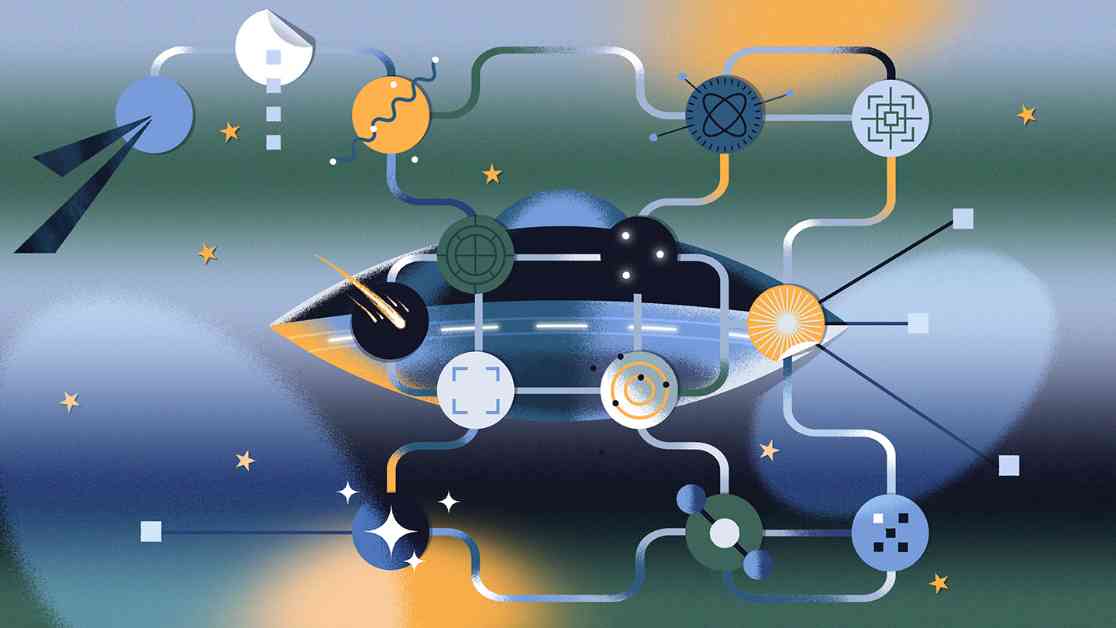Humans have always had a fascination with unidentified flying objects, or UFOs, dating back centuries. From beautiful phenomena like auroras to terrifying encounters, UFOs have captured the public’s imagination. In the United States, UFOs gained national attention in the late 1940s and early 1950s, with incidents like the infamous Roswell UFO crash sparking interest.
While scientists have often dismissed UFO sightings as unworthy of serious study, recent efforts are changing that perception. The stigma associated with reporting UFO sightings has hindered valuable information from pilots and citizens about potential threats in US airspace. To address this, many investigators now prefer the term “unidentified anomalous phenomena” (UAPs), which broadens the scope of study to include natural and man-made phenomena.
Efforts are underway to collect more data on UAPs to determine their nature and potential threats. NASA announced an independent study to explore how the agency could contribute scientific expertise to UAP research. Military and commercial pilots have become more open about reporting sightings, leading to increased awareness and government transparency.
Despite widespread interest in UFOs, explanations for these phenomena often turn out to be more mundane than expected. Many sightings can be attributed to known natural phenomena, aircraft, satellites, or experimental technologies. Sleuths like Mick West have used advanced tools to debunk UFO sightings, revealing them to be ordinary objects or atmospheric events.
The study of UAPs requires better data collection and analysis. NASA satellites and commercial satellites can provide valuable information on environmental conditions that coincide with UAP sightings. Ground-based instruments are also being developed to observe and classify scientific anomalies in Earth’s atmosphere. The Galileo Project, led by Harvard astronomer Avi Loeb, aims to bring the search for extraterrestrial technologies into mainstream scientific research.
By collecting the right data and keeping an open mind, researchers hope to make new discoveries about UAPs. Instrument packages designed for observing and characterizing UAPs will be deployed to various sites to gather data and analyze anomalies. The goal is not to explain away UAPs but to identify and understand the phenomena more clearly.
As scientists continue to investigate UAPs, the hope is to bring these unexplained phenomena into the realm of science and make the mysterious more understandable. With ongoing research and advancements in technology, the truth behind UFO sightings may soon be revealed.


